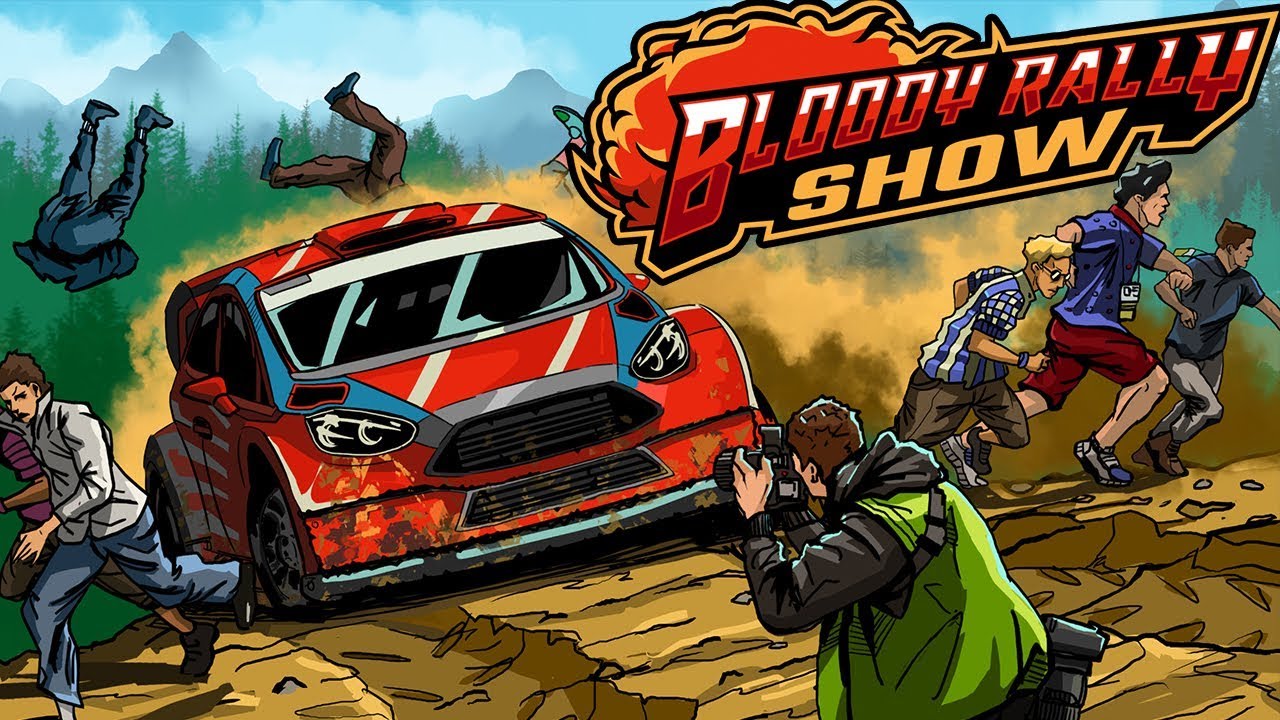How to keep your satsuma on the road in My Summer Car.
Roadkit and Introduction
This manual will help you keep your amp on the road with as little headache as possible. It covers what to expect from your amp ownership and guides you on how to keep it going strong into the future. Now before you go too far lets cover the most essential items to be in your trunk at all times.
Road Kit
- Wrenches/Ratchet – Required for removing bolts. Never leave without it as a simple flat or lost part will halt your travel.
- Spare tire – Flat tires are incredibly common when driving on rough terrain. If you use the spare immediately make plans to repair the damaged tire.
- Gasoline – Forgetting to check fuel level or mechanical mishap, the amp requires fuel to operate. Having a backup supply will save a long trip to get what you should have had in the first place.
- Non-Perishable food – In the event you do get stuck. Having some food and drinks on hand can save your life. Ensure that the items will not spoil if left in a hot car.
- Light source – Nothing can be worse than breaking down at night and not being able to see what’s gone wrong. Carry a light source and have backup batteries if required.
Not breaking the AMP
Here are some helpful tips for avoiding vehicle damage or injury
- Never disconnect/connect the battery starting with the negative battery terminal
- Never open the radiator to check fluid while the engine is hot
- Use the choke when the engine temperature is at 1/4th of the gauge
- Drive the car gently until it is fully warmed up
- Max speed is recommended 100-120 km/h. Going faster than this may cause premature wear
- Pull over if the car is having problems. Don’t turn a small fix into a major breakdown
- If the car won’t start after 5 seconds. Stop cranking to prevent battery drain and starter wear
- Avoid sliding or locking up the brakes to prevent tire wear
- The amp can cruise in 4th gear above 60 km/h on flat terrain
- If you get stuck be careful to not burn the clutch trying to get unstuck
Parts Basics
So you just got on the road. What should you expect in the coming miles? Lets first provide a list of worry free items that will not need adjustment while driving.
- Camshaft timing
- Valve adjustment
- Carburetor adjustment
- Spark timing
- Belt adjustment
- Oil filter tightness
Now lets go over the basic bits
- Fan belt – A properly operating belt system will keep the belt intact for a very long time. If it makes a squealing noise while running, it is likely due to poor adjustment or a failed alternator/water pump.
- Battery – Provided the alternator is working correctly a battery will need little attention. Beware of leaving the key in the ignition, the door open, and over 5 seconds of cranking as these will drain the battery. Replace the battery if it has been drained or if the alternator fails. If there is slow cranking or no dash lights and no cranking the battery is dying/dead and a new one will be needed.
- Headlight bulbs – Replace monthly if often driving at night or bimonthly if not. Keeping at least one spare bulb in the car is recommended.
- Oil filter – To be replaced every oil change.
- Spark plugs – Check every two weeks. If a plug appears dirty or worn replace all 4.
And lets cover the fluids too
- Fuel – Fuel level should not drop when the vehicle is not running. Check fuel level first if vehicle will not start.
- Oil – Check and add every 3-5 trips depending on length. Replace if dark brown/black and replace oil filter. Immediately pull over and stop the engine if the red oil light comes on. Do not restart engine until oil has been added.
- Brake fluid – Check every month or if braking feels weak. Make sure to check both the front and rear fluid reservoirs.
- Clutch fluid – Check along with brake fluid. If the car will not move in gear the clutch fluid needs filled.
- Coolant – DO NOT CHECK WHEN ENGINE IS HOT! Check and add every 3-5 trips depending on length or if the car starts running hot. If coolant starts spraying reduce engine load, if it continues spraying pull over and turn off the engine until it cools.
Parts Advanced
So you can now navigate day to day car care. Now you can move on to the more advanced side of things.
Low mileage wear items
- Alternator – The red circular light to the right of the dash cluster is the charge warning. If this light comes on or if dead batteries become common, replace the alternator.
- Clutch – Wear presents as high rpms when moving from a standstill and smoke coming from the transmission area.
- Fuel pump – Early warning signs include difficulty starting when cold, loss of power, and stalling. The car will not run if this part fails.
- Head gasket – Wear is evident when white smoke emits from the engine bay, exhaust, and the engine begins to run hotter and lose coolant.
- Water pump – The likely culprit of high engine temps and a loss of coolant. It may seize if neglected too long and damage the belt system.
High mileage wear items
- Crankshaft – Crankshaft damage presents as an aggressive vibration and stalling.
- Gearbox – If damaged it will lose gears and greatly impact driving.
- Pistons – An early warning sign of piston damage is blue exhaust smoke and oil consumption. If neglected too long the pistons will seize, disabling the engine until the piston is repaired.
- Rocker shaft – Wear presents as a clicking/hammering noise and engine performance may be minorly or majorly impacted.
- Starter – When worn it will make a clicking or grinding noise without starting the engine.
Brakes and Suspension
Now one last thing. The amp has a very strong and sturdy suspension system but in the event of an accident damage may occur.
- Alignment – Poor alignment presents as a pull to one side and increased wear on tires.
- Struts – Struts are present in the front suspension. A damaged strut may cause unpredictable handling and excessive bounce or no bounce.
- Shocks – Shocks are present in the rear suspension. Shocks affect handling less than struts and damage mainly presents as poor dampening.
- Wheels – Tires last quite a long time, almost always failing from a puncture rather than road wear.
Congrats. You can now put much distance on your amp. Feel free to reference this manual as often as you need and offer any corrections in the comments.



